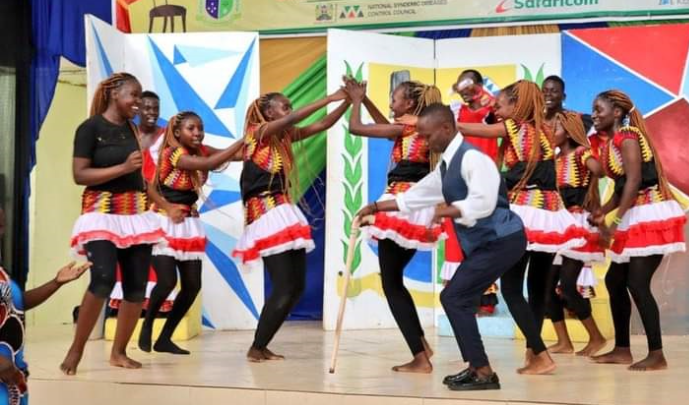As the creative industry continues to grow and make a significant contribution to the Kenyan economy, plans have been put in place to map out existing cultural heritage and creative industries.
In this regard, Nakuru has been selected as a pilot City to spearhead the initiative aimed at mapping the contribution of the industry to the local economy.
This effort is part of a larger collaboration between the Kenya National Commission for UNESCO (KNATCOM) and the Kenya National Bureau of Statistics (KNBS) to leverage the UNESCO 2030 Culture Indicators Framework.
The joint collaboration led by Emily Njeru, Deputy Director Culture, KNATCOM, recently organised a capacity-building workshop attended by experts in the urban creative space and the Nakuru City Creative Sector Working Group to enlighten the stakeholders on the process of conducting a baseline survey.
Speaking during the workshop, the Chief Officer of Culture and Tourism, John Koech, highlighted the importance of evidence-based culture policy making, noting that reliable cultural data is crucial for positioning culture as a driver of a sustainable city.
In his address, the City Manager Mr. Gitau Thabanja, noted that Nakuru’s successful implementation of the pilot project would set a precedent for other cities in Kenya by highlighting the role of culture in sustainable development and urban planning.
“As a UNESCO Creative City of Folk Arts, it is important for Nakuru to adopt evidence-based culture policymaking and a multi-stakeholder approach in designing programmes that foster creativity for sustainable development,” Thabanja said.
The selection of Nakuru as a pilot City to spearhead the mapping initiative is an affirmation of the influence of culture in the multi-cultural city.
The streets of Nakuru are a constant reminder of the vibrancy of culture, as seen on its streets and estates, which are adorned with vibrant murals, graffiti, and street art, adding a creative and visually appealing touch to the city.
The city occasionally showcases the cultural heritage and traditions of the region through exhibitions, performances, and interactive experiences.
The Nakuru Players Theatre is another contributor to the bustling cultural growth with a vibrant performing arts centre that hosts various plays, musicals, and cultural performances throughout the year, thereby promoting artistic expression in the city.
Another hallmark of the City is the popular Nakuru’s street food festival, which is a delight for food lovers. From mouthwatering samosas to delicious grilled meats, the city offers a wide range of delightful street food options from different communities at affordable rates.
The selection of Nakuru to pilot the project is an extra cap for the city, which takes pride in its cultural diversity, which earned it the recognition of UNESCO as a UNESCO Creative City under the folk and craft category.
This recognition serves as a beacon for the county’s commitment to preserving and promoting its unique heritage.
A policy brief on the promotion of creative industries in Kenya was launched at a workshop organised by the Kenya National Commission for UNESCO in October last year.
In a significant stride towards fostering the growth of Kenya’s cultural and creative industries, the Kenya National Commission for UNESCO convened the workshop during which a policy brief entitled “Towards the Promotion of Inclusive, Dynamic Culture and Creative Industries in Kenya.” was launched.
This was as a result of a series of extensive consultative meetings with a diverse array of stakeholders, including the UNESCO Regional Office’s culture sector, central and county government officials, civil society, the private sector, and creative practitioners.
It underscored the important role played by culture in promoting as well as affirming the critical role played by the creative economy in boosting financial growth.
This recognition further affirmed the rising prominence of the creative economy, which is emerging as one of the fastest-growing sectors in the Kenyan economy, serving not only as a source of employment but also as a catalyst for national innovation and cohesion.
It is in this regard that stakeholders are putting in place mechanisms to craft policies that will help shape the sector into a beacon of innovation and unity in the future.
By Jane Ngugi




